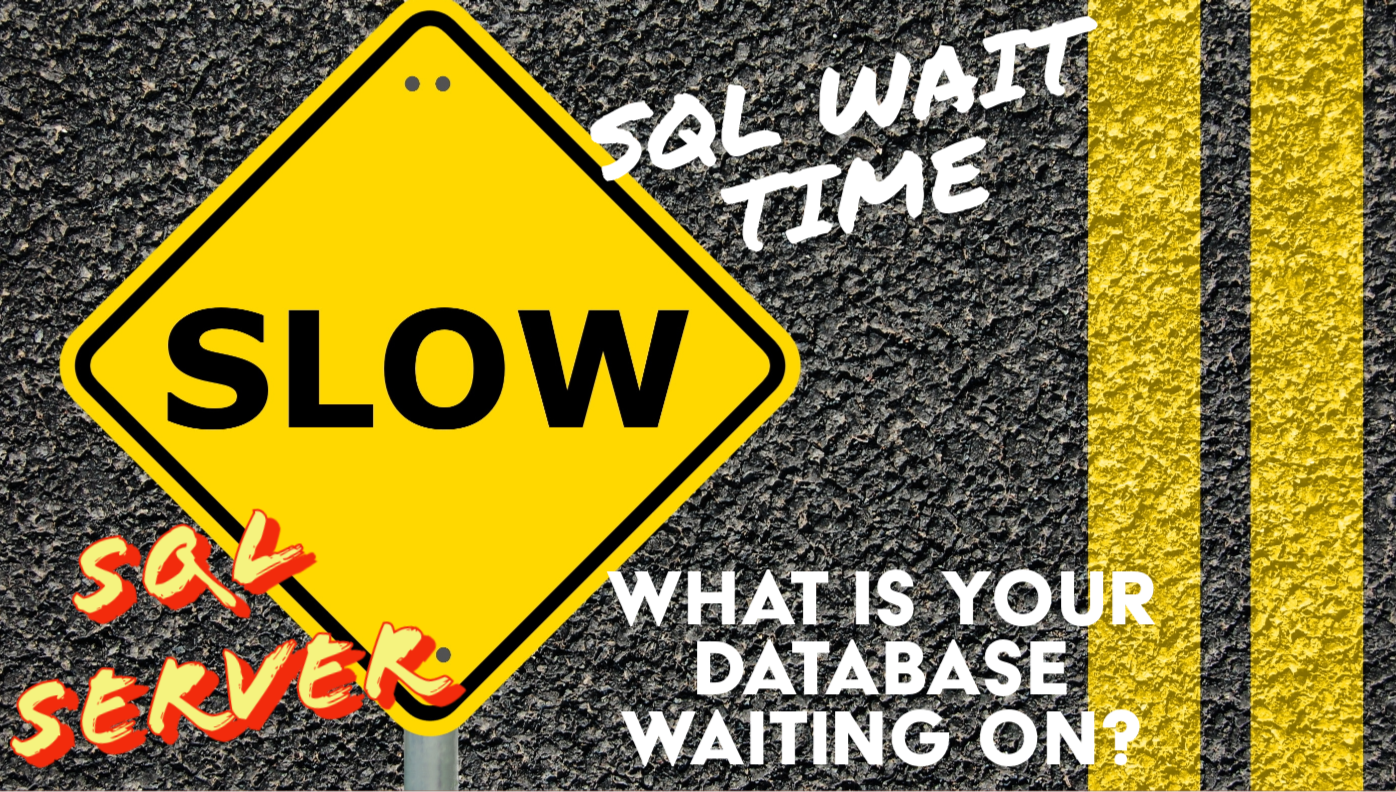Wait statistics, in the context of SQL Server, refer to the amount of time that a query spends waiting to access data in the database. When a client application requests data from the database, the request is placed in a queue and the client application must wait for its turn to access the data. The time that the query spends waiting is called a “wait” and is tracked by SQL Server. This information can be used to identify potential performance bottlenecks and optimize the performance of the database. Wait statistics are commonly used by database administrators to diagnose and troubleshoot performance issues in SQL Server.
If you are having performance issues associated with this wait type and need some help, please contact us with our 30 minute consultation link.
A SQL Server TRANSACTION_MUTEX wait type occurs when a task is waiting on a mutex (short for mutual exclusion) to be available in order to perform a transaction. A mutex is a synchronization object that is used to control access to a shared resource in a concurrent (multi-user) environment.
When a task wants to access the shared resource, it must first acquire the mutex. If the mutex is already owned by another task, the waiting task will be put into a “waiting” state until the mutex is released by the owning task. This is where the TRANSACTION_MUTEX wait type comes into play: the waiting task will experience a TRANSACTION_MUTEX wait while it is waiting for the mutex to become available.
It is important to note that TRANSACTION_MUTEX wait types are not necessarily indicative of a problem. In fact, they are a natural and expected part of how SQL Server manages concurrency. However, if a task is experiencing excessive TRANSACTION_MUTEX waits, it could be a sign of contention for the shared resource, which could potentially impact the performance of the database.
In order to troubleshoot TRANSACTION_MUTEX wait types, you can use the Database Health Monitor to track the mutex activity and identify any potential bottlenecks. You can also use the SQL Server Management Studio to view the current wait statistics for your database and see which tasks are experiencing TRANSACTION_MUTEX waits.
In summary, a SQL Server TRANSACTION_MUTEX wait type occurs when a task is waiting to acquire a mutex in order to perform a transaction. These wait types are normal and expected, but if excessive, they can indicate a potential performance issue. To troubleshoot TRANSACTION_MUTEX waits, you can use the Database Health Monitor and Management Studio to track mutex activity and view wait statistics.
More details avilable on this wait type here: http://DatabaseHealth.com/Waits/TRANSACTION_MUTEX.html

Do you have a favorite tool for monitoring your wait statistics on SQL Server over time? This is something that you can use Database Health monitor to do. More details at http://DatabaseHealth.com.
If you are having performance issues associated with this wait type and need some help, please contact us with our 30 minute consultation link.
More from Stedman Solutions:

Steve and the team at Stedman Solutions are here for all your SQL Server needs.
Contact us today for your free 30 minute consultation..
We are ready to help!
